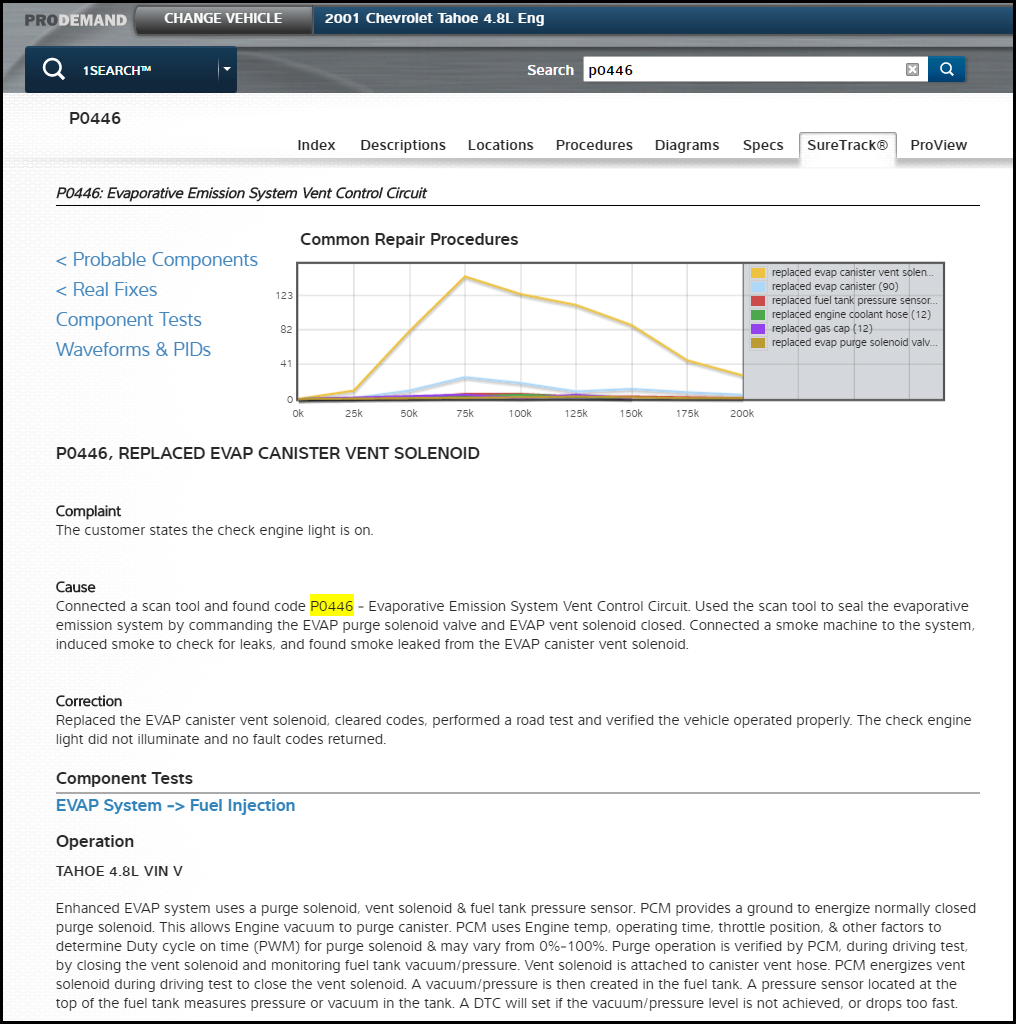3 Things to Look at Before You Start a Repair
When a vehicle arrives in your auto shop for repair, you know the questions to ask your customer before you get started. Once you’ve had that initial conversation, you’ll have an understanding of the nature of the problem, when it occurs, and how long it has persisted.
Those details are the first steps toward a diagnosis. But the real diagnosing begins when you apply your skill and experience to the problem. A quick look at your auto repair information resource can help set you on the right path right away.
For instance, the ProDemand from Mitchell 1 gives you a variety of features you can check to validate your gut instinct before you get under the hood. The goal is to help you quickly arrive at the correct solution to solve the customer’s main concern, as well as determine whether there are additional issues with the vehicle that need to be addressed.
Here are three things to check before you start a repair, to save you time and improve diagnostic accuracy:
 Technical Service Bulletins, Campaigns and Recalls
Technical Service Bulletins, Campaigns and Recalls
One of the most important first steps is to check to see if there is a technical service bulletin (TSB), campaign or recall on the year/make/model of the vehicle in your bay. If so, that may not only solve the problem, but it might also help you uncover other issues that could require immediate attention.
ProDemand puts TSBs, recalls and campaign information front and center in a “Quick Links” ribbon (see below) that shows up on the first screen after you have selected a vehicle in the program. This information is one of the first things you see, so it’s easy to make TSBs the starting point for your initial research.

 Common Repairs for the Vehicle
Common Repairs for the Vehicle
Without any information beyond the customer’s description of the problem, it can take some time to diagnose the root cause, and identify the components to replace to solve the issue.
Luckily, you can quickly gain insight into how to repair your customer’s car by drawing on the experiences of other auto repair technicians. The Top 10 Repairs list in ProDemand (see below) is generated from the real-world SureTrack content in ProDemand, based on millions of actual auto repairs performed by professional technicians throughout North America. This is an excellent resource to check when developing a repair or maintenance plan for a vehicle.
With every vehicle search in ProDemand, the Top 10 Repairs list gives detailed information about the most common component failures, diagnostic trouble codes (DTCs), symptoms and lookups for the vehicle selected. This allows you to learn from the collective wisdom of many other auto care professionals, and gives you a starting point to start your diagnostic process.

 Real-world Repair Information
Real-world Repair Information
You’re likely not the first technician to face the issue with the vehicle in your bay. Being able to access the records of how other professional technicians solved the same issue can be a huge time-saver. ProDemand calls these Real Fixes — and there are over 35 million of them available in the software (see below).
Enter the vehicle information and problem (a symptom, DTC or component) and you can compare it with the most likely causes based on documented repairs and community discussions. To help narrow the search, ProDemand ranks the Real Fixes by “probable component,” with the most common fixes at the top.

With just a little research up front, you will have a wealth of information at your fingertips to feel confident in your diagnosis and begin the repair. Complete OEM information, like wiring diagrams, specifications and procedures, is also close at hand to help you complete the repair with maximum efficiency.
Read more:

